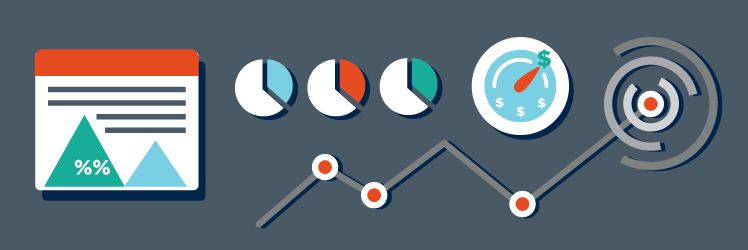Articles
Upgrading Your Treasury System: It’s All About the Cost
- By Andrew Deichler
- Published: 9/25/2017

As the role of the treasurer continues to evolve, in has become essential for treasury professionals to streamline manual processes. Treasury management systems (TMS) can be a game changer in this regard, but treasury departments need to be sure that the systems they are considering suit their needs. That’s why every year, AFP releases its Guide to Treasury Management Systems.
Treasury systems, whether they be installed systems, software-as-a-service (SaaS/ASP) models or modules within enterprise resource planning (ERP) systems, have the ability to free up treasurers’ time to work on more strategic aspects of the organization, according to the 2017 Strategic Role of Treasury Survey. However, nearly half the survey respondents disagreed over whether technology is being used effectively by their treasury functions to truly manage risk and increase the department’s contribution to the organization overall. Many practitioners feel their systems aren’t up to snuff.
But adopting new technology isn’t cheap, meaning that treasury needs to make a convincing business case to do so. The cost of adopting a new TMS, coupled with the fact that doing so is typically a long and arduous process, often causes treasury departments to cling to their old systems for as long as possible. The 2016 AFP Treasury Management Systems Survey revealed that 77 percent of organizations that use a TMS have had their systems in place for at least three years.
“Just like a bank RFP, TMS replacement is a pain, I would say even once every three years is too frequent,” said Sassan Parandeh, CTP, global treasurer for Childfund International. “We have been with our TMS for nine years and are not at all motivated to change.”
The reluctance to change systems often isn’t because most TMS are perfect; indeed, many practitioners are well aware of their systems’ shortcomings. “A TMS definitely has to provide a good variety of instruments,” said a treasurer for a major housewares retailer. “But there is no such thing as any one system that can handle everything.”
Bobbie Eiseman, CTP, president of Comcast Capital Corporation, explained that her organization has had the same system for six years. It was implemented just before Comcast’s acquisition of NBCUniversal, which quickly moved the company from a heavily-U.S. focused organization to a truly global business. It eventually got to the point where treasury knew an upgrade was necessary.
“As the businesses integrated and evolved, it was difficult for the existing system to keep up with the businesses’ needs,” Eiseman said. “During this time, the TMS provider landscape changed as well. As the existing system came up for renewal, we undertook a project to research the current TMS market and are currently implementing a more robust system with broader international banking capabilities.”
Choosing a new system
Installed systems are currently the most prevalent within the TMS space. According to the TMS Survey, 53 percent of finance professionals from companies with a TMS report that their organizations have installed systems, while 27 percent use a SaaS/ASP and 20 percent use modules within an ERP system.
Eiseman noted that choosing between an installed system or a SaaS model largely depends on the situation of the user—particularly the internal IT resources available to allocate to a TMS. “It is not only the installation of the software, but also upgrades and patches, as well as establishment, maintenance of in/outbound bank communications (passwords, encryption keys, ports, etc.) and report development,” she said.
Throughout Eiseman’s career, she has used both installed and SaaS systems. While installed systems afford the treasury organization full control, they also require an IT team that understands that bank transmission issues must be handled as critical items and not sit in a company-wide help desk queue. “Some companies have the resources and skillsets for maintaining an installed system, but I have also seen organizations where critical bank operations struggle to be prioritized and properly addressed, simply because IT did not understand treasury and daily bank operations—obviously this is not something you would want to have happen when a debt payment or payroll funding is due,” she said.
Eiseman’s preference is to utilize a SaaS model, where the vendor’s staff has the specialized knowledge of the treasury department’s underlying processes and their critical natures, and service-level agreements can be negotiated to ensure proper turnaround times on critical items.
And she’s not alone; the trend does seem to be moving toward SaaS models. “I have not seen anyone opt for an installed TMS in years,” Parandeh said.
The cost of doing business
Whether the company is willing to make a TMS upgrade or not, it falls on the treasury department to make it all work. Again, treasury systems often don’t produce all of the desired results, and it’s up to the treasury team itself to make up the difference.
“At the end of the day, technology is a tool,” said Eiseman. “Some tools are better than others, but it is the combination of the user and the tool that will ultimately determine how effectively the system supports the business. You need to understand the risks to your business, plus how to populate and use the system in a way that can make a meaningful difference to the company.”
Download the 2017 AFP Guide to Treasury Management Systems here.
AFP has multiple sessions on treasury systems at AFP 2017. View the Treasury Management track here.
Copyright © 2024 Association for Financial Professionals, Inc.
All rights reserved.

